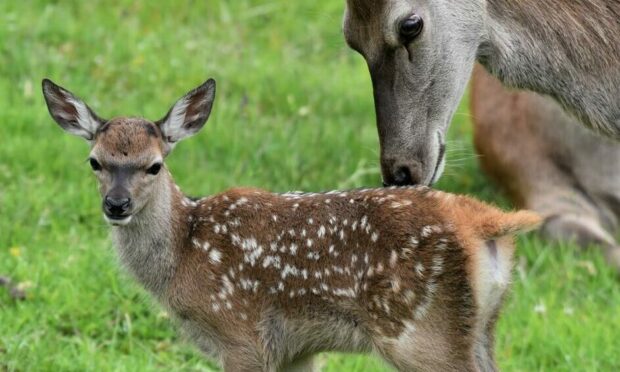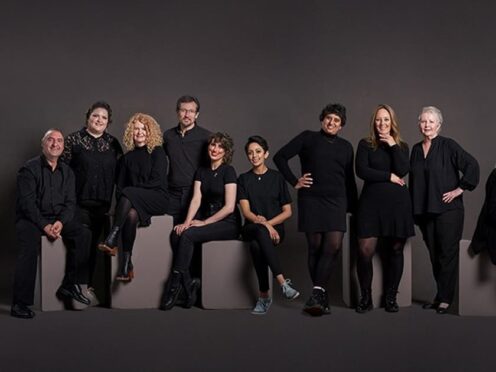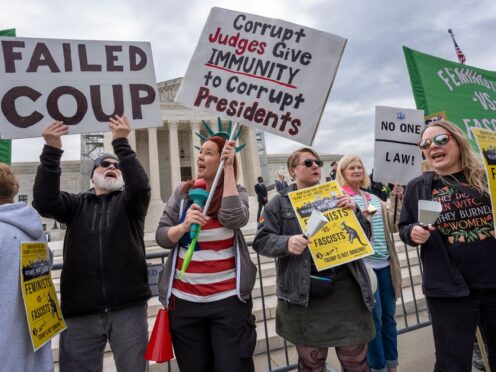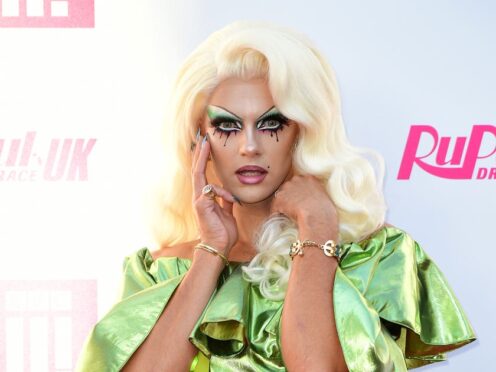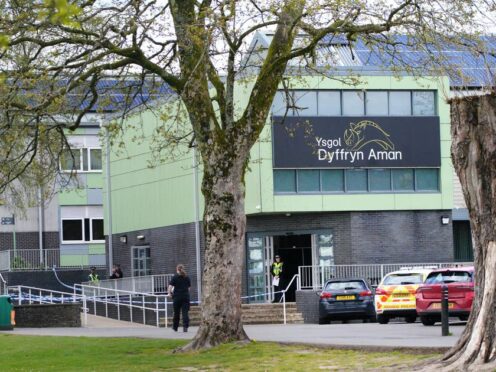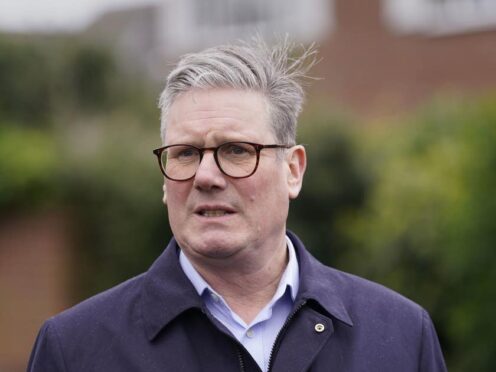Gamekeepers have warned that an out of season deer cull will cause young calves to ‘starve’.
A Scottish Gamekeepers Association (SGA) spokesman said plans to carry out a cull of female deer this month have “sickened” its members.
It is the latest interjection in a bitter row between the group and the Scottish Government’s main land management agency.
The gamekeepers’ group claims Scottish Government agency Forestry and Land Scotland (FLS) “ordered” its members to undertake the cull.
They claim the controversial cull risks leaving dependant calves without mothers.
But FLS maintain it is necessary to protect vulnerable habitats and tree planting essential to managing carbon emissions.
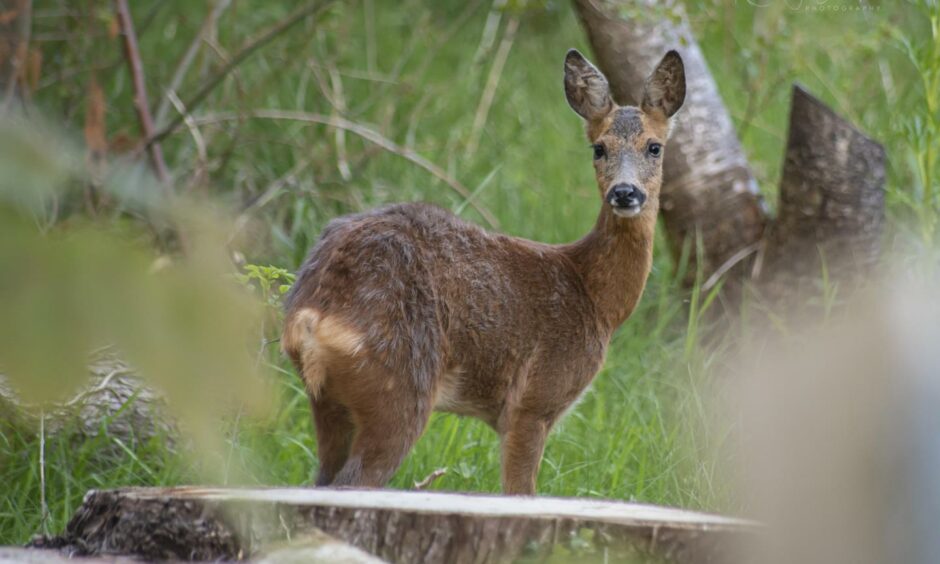
FLS says the country’s rising deer population threatens forest regeneration.
And it maintains that it is “not aware of any evidence of young deer being left to die as a result of our culling operation”.
But SGA says “angry professionals aghast at public departments’ disrespect for deer seasons” have “inundated” them with correspondence.
And they have threatened to quit the Wild Deer Best Practice code over the row.
Fears of ‘day or night, in-season or not’ slaughter
SGA chairman Alex Hogg said: “Our members are questioning why our name should be on future codes when the direction of travel, within public bodies, appears to be to kill deer, day or night, in-season or not.”
An overhaul of the laws around deer management is imminent.
The Scottish Government appointed an independent Deer Working Group to come up with plans for modernising the Deer (Scotland) Act 1996.
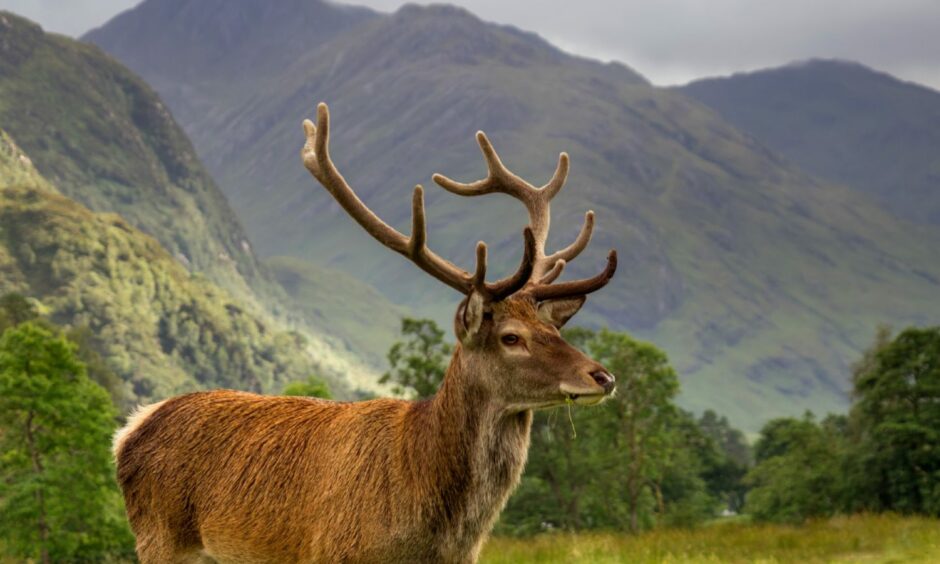
Among the proposals are scrapping the close season for shooting stags and reviewing the close season for female deer.
The working group estimates Scotland’s deer population to be sitting at around one million.
Deer numbers have nearly doubled since 1990.
The number of deer shot each year is also going up. However, the new legislation could see this ramped up further.
Mr Hogg says the working groups recommendations will “rid Scotland of protections which professionals fought hard for”.
He said closed seasons “give an iconic species respite to rear their young without welfare detriment”.
“If bureaucrats can scrap seasons and public departments can get sign-off on carte blanche authorisations, why bother having a code for humane deer management at all?
“This is what we now need to consider, with our membership.”
Licence to kill
National agency NatureScot has issued 130 out of season licences to cull deer this month.
Of these, FLS received nine licences.
A spokesperson for FLS said: “SGA members and others employed by FLS to undertake this deer cull are registered as fit and competent on the national register of deer controllers.
“As responsible land managers we would be amongst the first to encourage anyone with any evidence of best practice not being followed to report this to deer management regulator, NatureScot.”
According to FLS, across Scotland up to 150 million young trees are vulnerable to damage from deer.
This represents “millions of pounds of investment in public forests”.
FLS says its rangers and contractors operate under guidance when carrying out culls before the start of the official open shooting season.
The guidance advises they shoot “associated juveniles” before female deer.
Deer welfare ‘key’
Nature Scot says Covid-19 restrictions meant deer culls did not go ahead as planned in some areas over the past year.
And it says culls are necessary for “protecting vulnerable woodland and other sensitive habitats”.
But it says deer welfare is “key” to its policies.
A spokesperson said there was greatest risk to the welfare of dependant calves between April 1 and August 31.
“This period is based on commissioned research into birthing and weaning dates of all species Scotland wide.
“During this period strict controls are in place when female deer can only be culled under a specific authorisation from NatureScot. These are only granted in exceptional circumstances.
“Outwith this period of highest welfare concern, from September 1 out of season control can only be undertaken under authorisation by NatureScot.”
